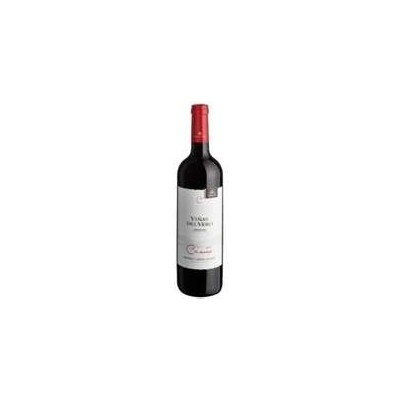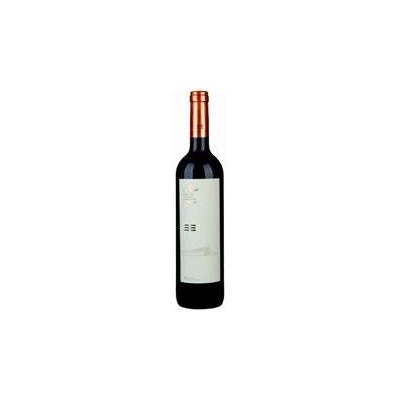- Home
-
Wines
addremove
- Spanish wines with D.O.addremove
- Bierzo
- Catalonia
- Cigales
- Conca de Barberá
- Costers del Segre
- Empordá - Costa
- Jumilla
- La Mancha
- Méntrida
- Montsant
- Navarra
- Penedés
- Pla de Bages
- Priorat
- Rias Baixas
- Ribeiro
- Ribera del Duero
- Rioja
- Rueda
- Somontano
- Terra Alta
- Toro
- Uclés
- Valencia
- Yecla
- Alicante
- Calatayud
- Almansa
- Valdeorras
- Málaga
- Tarragona
- Madrid
- Binissalem Mallorca
- Pla i Llevant
- Ycoden-Daute-Isora
- Manchuela
- Getariako Txakolina
- Ribeira Sacra
- VT Mallorca
- Local winesaddremove
- Champagne
- Spanish fortified winesaddremove
- Banyuls
- Tokaji
- Marsala
- Madeira
- Oporto
- Import Winesaddremove
- Bag in Box
- Cava
- Spanish wines with D.O.addremove
-
Whisky
addremove
-
Spirits
addremove
- Absinth
- Aguardiente
- Akvavit
- Anise Liqueur
- Aperitives
- Armagnac
- Brandyaddremove
- Catalonia
- Jerezaddremove
- Other areas
- Cachaza
- Calvados
- Cazalla
- Chinchón
- Cognac
- Ginaddremove
- Grappa
- Licouraddremove
- Marc
- Orujoaddremove
- Pacharán
- Pippermint
- Pisco
- Poire Williams
- Punch
- Ronaddremove
- Sambuca
- Cider
- Tequila
- Vermouth
- Vodka
- Mezcal
- Sake
- Ratafia
- Gourmet addremove
- Packs addremove
Somontano
Somontano
GEOGRAPHICAL LOCATION AND DATA OF INTEREST This D.O. As its name indicates "at the foot of the mountain", it is located at the foot of the Pyrenees, between them and the Ebro valley, in the province of Huesca. There are testimonies that the cultivation of the vine dates back to several centuries before our era, but here it was also the Roman civilization with the introduction of new cultivation techniques that gave impetus to viticulture, which suffered a significant setback at the time. Muslim, although later the monasteries of the area resumed the cultivation of the vine. During the Modern Age, the importance of viticulture is revealed in the Barbastro statutes that prohibit the entry and sale of wines not from the area. The phylloxera plague that struck France during the 19th century meant an advance in viticulture for Somontano, since French viticulturists came in search of suitable places and formulas for planting vines. ,CLIMATE It is characterized by cold winters and hot summers, with sudden temperature changes at the end of spring and autumn. SOILS VINEYARDS AND GENERAL CHARACTERISTICS OF THEIR WINES The soils are brownish-limestone with good permeability conditions and little organic matter. The authorized grape varieties are Tempranillo, Cabernet Sauvignon, Pinot Noir, Moristel, Parraleta, Merlot and Garnacha among the red ones and Macabeo, Chardonay, Garnacha Blanca, Alcañon and Gewürztraminer among the white ones. The young white wines made with Macabeo are straw yellow in color, fruity and fresh, those made with Chardonay have powerful aromas and are very tasty on the palate. The rosé wines are made from native grapes and have a beautiful color, fruity aroma and fresh flavor. Traditional reds are fruity, intense and low alcohol content.
There are 2 products.
Availability: 12 In Stock
Vino tinto. D.O. Somontano
Cabernet Sauvignon 50%, Merlot 50%



